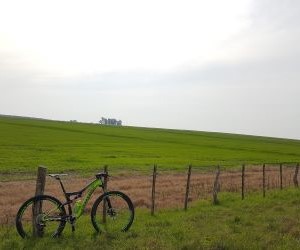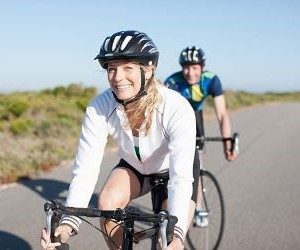HOW DO I PREVENT OVERUSE INJURIES IN TRIATHLON CYCLING?
Triathlon cycling places repetitive stress on muscles, joints, and connective tissues. Preventing overuse injuries requires proper training structure, equipment setup, and recovery strategies to ensure longevity and peak performance.

What are overuse injuries in cycling?
Overuse injuries occur when repetitive movements exceed the body’s capacity for repair. In triathlon cycling, common areas affected include knees, hips, lower back, and neck, often due to improper training, biomechanics, or equipment setup.
Common injuries
Typical overuse injuries include patellofemoral pain syndrome, IT band syndrome, lower back strain, neck tension, and Achilles tendonitis. Recognizing early warning signs is crucial to prevent chronic issues.
Causes
Key factors include high training volume, improper bike fit, poor pedal mechanics, muscle imbalances, and inadequate recovery. Fatigue compounds the risk, making prevention strategies essential.
Knee, hip, lower back, and neck are most vulnerable
Caused by repetitive stress exceeding repair capacity
High volume, poor technique, and fatigue increase risk
Early recognition prevents chronic issues
Optimizing bike fit to prevent injuries
A proper bike fit is the foundation of injury prevention. Adjustments to saddle height, handlebar position, and pedal setup reduce strain on joints and muscles during long rides.
Saddle height and fore-aft position
Incorrect saddle height can overload knees and hips. Ensure a slight bend in the knee at the bottom of the pedal stroke and proper fore-aft alignment to optimize power transfer and reduce stress.
Handlebar and stem adjustments
Handlebar height and reach influence neck, shoulder, and back tension. Triathletes benefit from a position that balances aerodynamics with comfort to minimize chronic strain.
Set saddle height for slight knee bend at bottom stroke
Adjust saddle fore-aft for optimal weight distribution
Handlebar height and reach should balance comfort and aerodynamics
Regular bike fitting check-ups prevent biomechanical issues
Improving pedal mechanics
Efficient pedaling reduces repetitive stress. Proper technique distributes force evenly and engages the correct muscles, lowering the risk of overuse injuries.
Smooth circular motion
Focus on a consistent, circular pedal stroke rather than mashing down. Engage hamstrings on the upstroke and glutes on the power phase to minimize knee and hip strain.
Cadence optimization
Higher cadence reduces force per pedal stroke, lowering joint stress. Aim for a cadence that balances endurance and power, typically between 85–95 RPM for triathletes during long rides.
Use smooth, circular pedal strokes
Engage hamstrings, glutes, and core appropriately
Maintain a comfortable cadence to reduce joint stress
Consider clipless pedals for better power transfer






